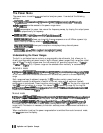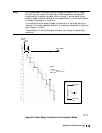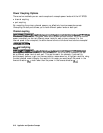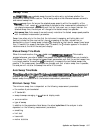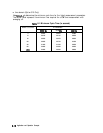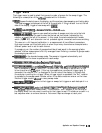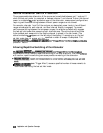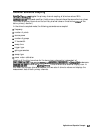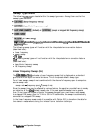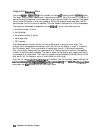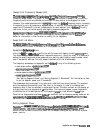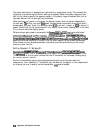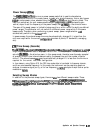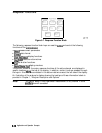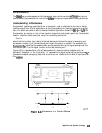
Sweep Type Menu
The following softkeys are located within the sweep type menu. Among them are the five
sweep types available.
,
~~~~~~~~.~
flows
list
frequencies
to
be
entered
or
mo&fied
using the
e&t
list
menu
md
e&t
..;
,....
d
..ss...
..,,,......
. . . .
..~........~.~........~..~~~
. . . . . .
.:.:: ,......
/_.i
subsweep
menu
The following sweep types will function with the interpolated error-correction feature
(described later):
n
linear frequency
n
power sweep
n
CWtime
‘I’he
following sweep types will not function with the interpolated error correction feature
(described later):
n
logarithmic frequency sweep
n
list frequency sweep
Linear Frequency Sweep (Hz)
. . . . . . . . . . . . . . .
,.,.,...,.
i
.;
i
,.,.,
~~<~;;‘;;;;;;.;;:~<
;
.,.,
:::::.
The
~~~~~~
softkey
activates a linear frequency sweep that is displayed on a standard
graticule with ten equal horizontal divisions. This is the preset default sweep type.
For a linear sweep, sweep time is combined with the channel’s frequency span to compute a
source sweep rate:
sweep rate
=
(frequency span)
/
(sweep time)
Since the sweep time may be affected by various factors, the equation provided here is merely
an indication of the
ideal
(fastest) sweep rate. If the user-specified sweep time is greater
than 15 ms times the number of points, the sweep changes from a continuous ramp sweep
to a stepped CW sweep. Also, for 10 Hz or 30 Hz IF bandwidths, the sweep is automatically
converted to a stepped CW sweep.
In the linear frequency sweep mode it is possible, with Option 010, to transform the data for
time domain measurements using the inverse Fourier transform technique.
6-22
Applisation
and Operation Concepts



